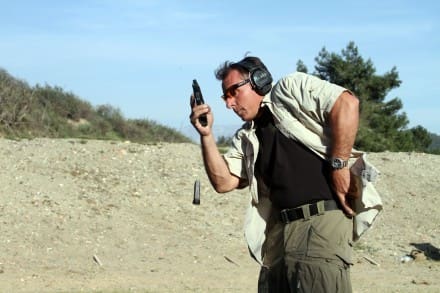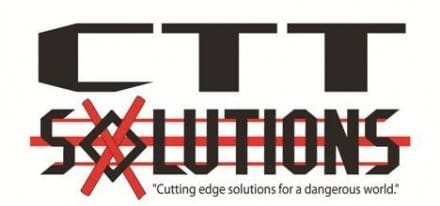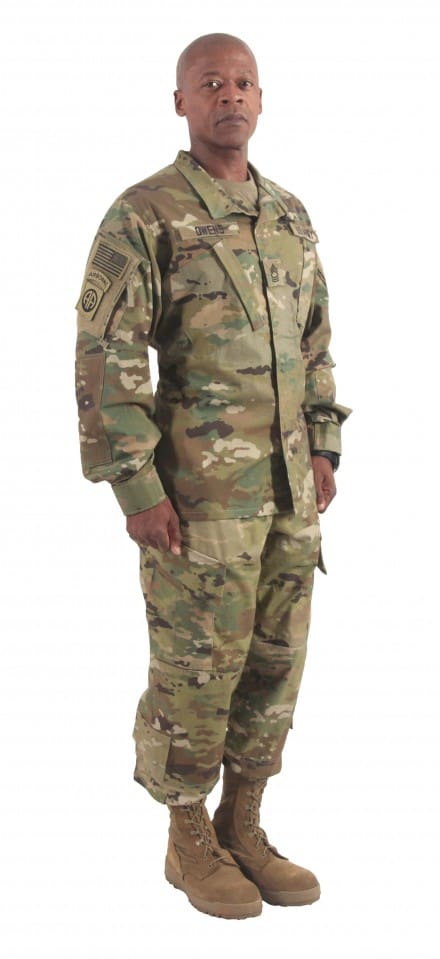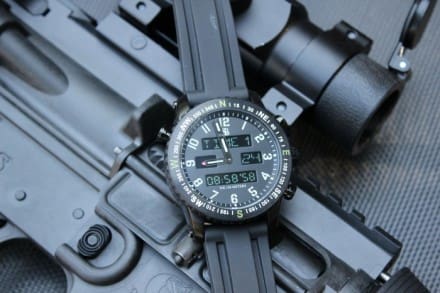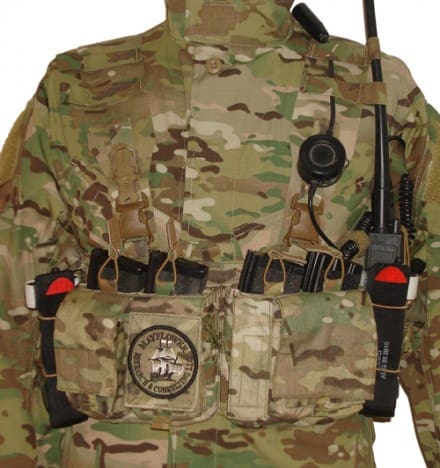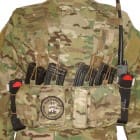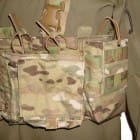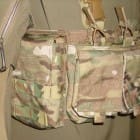I tell every group I work with that shooting is science and math and the key to progressing and facilitating peak performance is a logical and cohesive training strategy emphasizing efficiency. By this I mean efficiency both physically and mentally so that no efforts are wasted. The strategy I use is based on how Olympic athletes are coached and train to reach their goals. I call it the component based approach and to illustrate it I’ll use the components of shooting while moving.
First we must identify the components of walking:
• Posture (the way we configure our body for a specific task)
• Gait (the length of our steps)
• Pace (the speed at which we take step)
These three components are essential to maintaining a high degree of balance which is defined as the equal distribution of weight over a center axis. By doing this we can describe with the appropriate level of specificity each component and then evaluate the interrelation of each as it is applied. With this approach, correction can be made to a specific component while allowing the other appropriate actions to be left alone.
The next evaluative action will be engagement speed i.e. “how fast do I shoot.” I’ll often here “shoot the sights” meaning shoot if the sights are on target or “only as fast as you can effectively engage.” These are far too obvious and far too vague to assist a shooter or to self-correct.
Second we must identify the criteria for appropriate speed:
• Proximity to the target (how far am I?)
• Level of skill (how good am I?)
• Target exposed (what effective target are can I see and engage?)
Shooting while moving is one specific example but the methodology is a common theme in my personal training as well as the training I provide. It is an efficient method of evaluation which leads to an efficient technique when coupled with two other critical component concepts:
Functioning within the physical triad:
• Strength (power)
• Dexterity (control)
• Visual acuity (vision)
Know the following critical evaluation criteria with a high level of specificity:
• What you do (establish the task)
• Why you do it (desired end state)
• How it works (i.e. the mechanism of success. What specifically makes this technique succeed?)
• Identify the most likely failure points or mistakes
• Precede those with proper training
Efficiency from Webster’s Dictionary- “the measure of the effectiveness with which a system performs.” Is your system performing as efficiently as it can? Refine the process and the answer will more often than not be a resounding YES!
– Mike Pannone
Mike Pannone retired from the Army’s premier assault force (1st SFOD-D) after an explosive breaching injury. A year after his retirement America was attacked on 9/11 and he returned to help serve his country as the head marksmanship instructor at the Federal Air Marshals training course and then moved to help stand up the FAMS Seattle field office. In 2003 he left the FAMS to serve as a PSD detail member and then a detail leader for the State Department during 2003 and 2004 in Baghdad and Tikrit.
In 2005 he served as a ground combat advisor of the Joint Counter IED Task Force and participated on combat operations with various units in Al Anbar province. Upon returning he gave IED awareness briefings to departing units and helped stand up a pre-Iraq surge rifle course with the Asymmetric Warfare Group as a lead instructor. With that experience as well as a career of special operations service in Marine Reconnaissance, Army Special Forces and JSOC to draw from he moved to the private sector teaching planning, leadership, marksmanship and tactics as well as authoring and co-authoring several books such as The M4 Handbook, AK Handbook and Tactical Pistol shooting. Mike also consults for several major rifle and accessory manufacturers to help them field the best possible equipment to the warfighter, law enforcement officer and upstanding civilian end user. He is considered a subject matter expert on the AR based Stoner platform in all its derivatives.
Gunfighter Moment is a weekly feature brought to you by Alias Training & Security Services. Each week Alias brings us a different Trainer and in turn they offer some words of wisdom.


